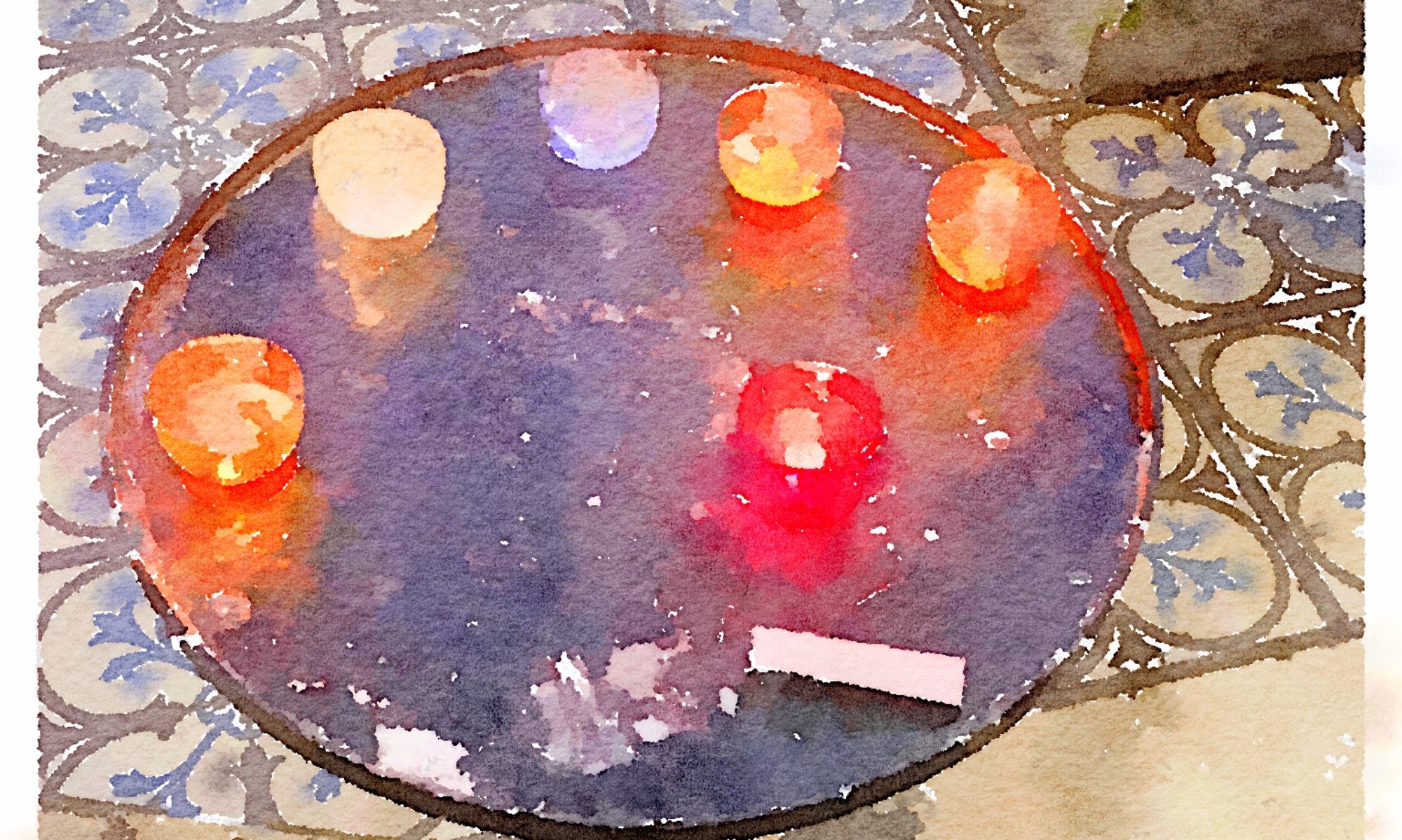@keeshasalter040
Profile
Registered: 3 years, 6 months ago
Japanese Bobtail Cat Tips
The Japanese Bobtail is a medium-sized cat that has each longhair and shorthair varieties. Males are bigger than females. They're long, slender cats with highly developed muscle tissue that enable them to leap great heights.
The head of the Bobtail is an equilateral triangle with the tall ears standing upright on the top of the head and tilted slightly forward. The cheek bones are prominent. The eyes are rounded when viewed from the front but slanted when considered from the side. The nose has a delicate dip. The hind legs on the bobtail are longer than the front legs, but she stands in a level stance. The naturally occurring quick, kinked tail is as particular person as a fingerprint, and no two are the same. This tail is full and complete with all of the vertebrae found in the tail of the lengthy tailed cats. In essence, the tail is shorter than that of different breeds however can still be seen. The kinking of the tail causes the fur on the tail to spread or stand out making a look just like that of a bunny tail. Within the long hair Japanese Bobtail, the extra length of the fur on the tail might cause the tail to plume.
The coat on a Japanese Bobtail is soft and silky with little undercoat. The Shorthair Bobtail has a brief coat, and the Longhair Bobtail has fur that is longer than that of the shorthair, however really only medium in length. The length of hair on the lengthy hair tends to be more apparent on the back of the legs the place the fur forms britches across the neck and on the belly and tail.
Personality:
The Japanese Bobtail is an active, candy, loving and highly clever breed. They like to be with folks and play seemingly endlessly. They learn their name and reply to it. They convey toys to individuals and play fetch with a favorite toy for hours. Bobtails are social and are at their greatest when within the firm of people. They take over the house and will not be intimidated. If a dog is in the house, Bobtails assume Bobtails are in charge. While they get alongside fairly well with different cat breeds, they like the corporate of other Bobtails. They have been called clannish as they make lengthy lasting friendships with their own litter mates.
The Japanese Bobtails by no means received over being adored by the Imperial household of Japan, and they deem anything within the house to be automatically theirs. They have a soft, sweet, melodious voice and tend to make use of this sing-music voice so as to persuade folks to present them their each desire.
Living With:
Living with a Japanese Bobtail is easy. They adapt well to a routine so long as they've some play time and a while to cuddle with their parent. While they don't seem to be lap cats, they wish to be close to you and will sit next to you and sleep next to you in the bed. Because they will soar high, they need some perches so they can exercise. They like interactive toys comparable to feather teasers and will bounce high to catch it.
Japanese Bobtails typically exercise enough to take care of their proper weight. They do love treats, however, whether they are cat treats or a taste of individuals food, and it is easy to indulge them to the purpose the place they have gained weight.
History:
The Japanese Bobtail has been known in Japan because the sixth century. The Gotokuji Temple and the Niko Temple still display vintage Japanese woodcuts and paintings that portray the Japanese folks's love for their particular bobtailed cat. The Japanese Bobtail is considered to be a naturally occurring breed and was not affirmatively created.
The Japanese Bobtail was initially kept by people who had silkworm barns as the breed was considered invaluable thanks to their expertise in rodent control. Nevertheless, the Imperial household so beloved the Japanese Bobtail that the cats had been granted all of the privileges of the ruling lessons, and were pampered and honored just like royalty. Legend has it that one of many nice emperors discovered the Japanese Bobtail to be such a stunning cat that he decreed that only he may own and breed these cats. When he gave an audience within the Imperial Garden, he would usher in his Japanese Bobtails with red silk leashes.
The Bobtail is considered a lucky cat and to have one assures prosperity and happiness. The tricolored Japanese Bobtail, or Mi-Ke (pronounced "mee kay"), is the luckiest coloration of this beautiful cat, probably because most tricolored cats are females and, subsequently, produce more stunning Japanese Bobtails. The Japanese statue of a cat with its paw upraised is called a Maneki Neko or beckoning cat, and is an artistic interpretation of the Bobtail. These statues are commonly found in Japanese shops the place they're thought to attract good people.
If you loved this article and you would like to obtain additional details concerning japanese bobtail kittens for sale near me kindly check out the internet site.
Website: http://kittenshome.company.com/
Forums
Topics Started: 0
Replies Created: 0
Forum Role: Participant
